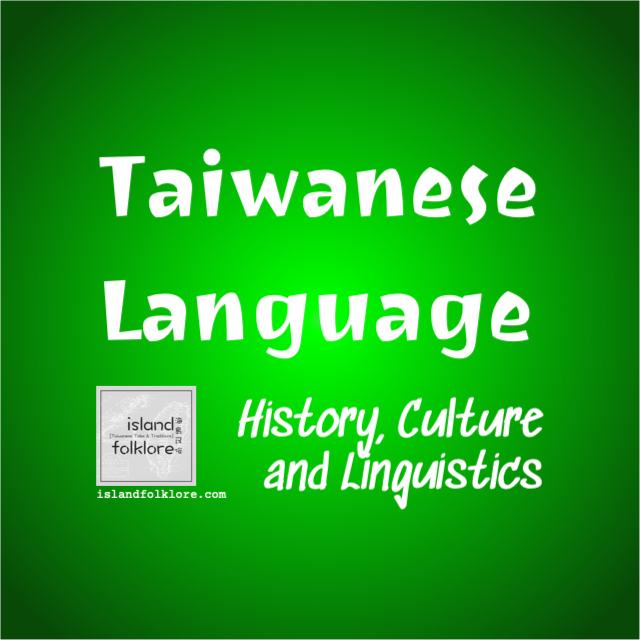At the close of each spring, Taiwan’s Hakka Affairs Council leads a sacred ceremony. This Council represents Taiwan’s Hakka people and leads rituals that pay homage to local mountain spirits and deities.
The ceremony also opens Taiwan’s Tung Blossom Festival, an annual celebration—from April through May—of great emotional and cultural significance to Taiwanese Hakkas.

Tung tree forests are found in the hilly regions between Taiwan’s coastal plains and the island’s central highlands. Near the end of spring each year, these serene woods burst into life as Tung trees bloom. Formerly lush green woodlands are transformed into snowy white gardens as Tung blossoms burst from their buds and their petals drift through the air, covering the earth. On the subtropical island of Taiwan, this wintry, out-of-season scenery is known as May snow.
Tung trees and blossoms have long had great significance in Taiwanese Hakka culture.
Officially launched in 2002 by the Taiwanese Council of Hakka Affairs, the Tung Blossom Festival is a form of modern folk culture that draws on the Hakkas’ age-old agrarian traditions.
It straddles the thin line that distinguishes popular culture from folklore. The celebrations are a culmination of decades of Hakka revival efforts in Taiwan aimed at preserving Taiwan’s often overshadowed Hakka culture.

Money Trees
In 1895, the Treaty of Shimonoseki was concluded between the Manchu-Chinese Qing Empire and the Empire of Japan. It ushered in a half-century period of Japanese rule over Taiwan. As Japan’s first major overseas colony, Taiwan was rapidly industrialized and modernized to provide vital resources for Japan’s expanding empire.
Tung trees grew well in the temperate climate characteristic of Taiwan’s Hakka territories. These trees provided timber and oil for export to the Japanese imperial homeland. Taiwanese Hakkas tapped into this source of wealth and the Tung tree and blossom came to have great significance among the Hakka people.
In Taiwan’s competitive environment, the frequently marginalized Hakka people came to depend heavily on the cultivation of Tung trees as vital sources of income.

Taiwan’s Hakka Revival
Half a century of Japanese rule was followed in 1945 by Taiwan’s bloody handover to the Chinese Republic. The new regime sought to counteract the effects of Japanization by promoting Mandarin Chinese culture. For the already marginalized Hakkas, it was yet another blow to their fragile heritage.
As Taiwan transitioned into a democracy in the 1970s, there came a desire among the Taiwanese to return to roots. The Taiwanization movement was born as a celebration of Taiwan’s unique home-grown cultures.
Whereas in previous eras, the standardized cultural norms of Tokyo (under Japanese Imperialism), Beijing (under Chinese Nationalism) and elsewhere were officially sponsored, Taiwanese authorities now promoted, emphasized and supported Taiwan’s own heritage. For Taiwan’s Hakka people, it was the beginning of the modern Hakka revival movement.
The Hakka revival is accompanied by numerous artistic and commercial innovations. Traditional Hakka artifacts making major modern comebacks include the traditional Hakka blue blouse and traditional Hakka fabric prints.
Taiwanese Hakka cuisine and teas are also currently undergoing a major revival and are becoming increasingly popular among Taiwanese of all ethnic backgrounds. Hakka paper parasols, umbrellas and hand-painted lanterns are also becoming fashionable items among the Taiwanese.
The Hakka language was the fastest declining of Taiwan’s Sinitic languages. In more recent years, however, with official recognition, broadcasts and certificate programs becoming increasingly accessible, proficiency in the Hakka language is becoming more encouraged among a new generation of Taiwanese Hakkas.
All of these inroads into the preservation of Taiwan’s Hakka heritage are crowned by the Hakka Tung Blossom Festival, which is popular with all Taiwanese ethnic groups.
As visitors flood to Taiwan’s Hakka villages, the festivities are an invaluable opportunity for Taiwan’s Hakka people to learn about their own heritage and showcase their unique culture to other groups in Taiwan. It helps these unique people take pride in their unique inheritance and cultivate confidence in that wonderful heritage.
From their horrid beginnings in Taiwan—captured by the heartbreaking Taiwanese Hakka hill songs—to the valiant sacrifices of Taiwan’s Hakka martyrs who gave their people a fighting chance on the island, the Taiwanese Hakka people have endured generations of hardship.
Today, Taiwan’s Hakkas are an integral part of Taiwanese culture and society. They have served as Taiwan’s presidents and been instrumental in safeguarding Taiwan’s unique identity.
Remarkably, Taiwan’s first female president—Tsai Ing-wen—is of three-quarters Hakka descent. The final quarter, even more remarkably, is indigenous Formosan from Taiwan’s Paiwan tribe. The president’s popularity and electoral success are indicative of the progress this hardy and remarkable folk have made in Taiwan over the centuries.




